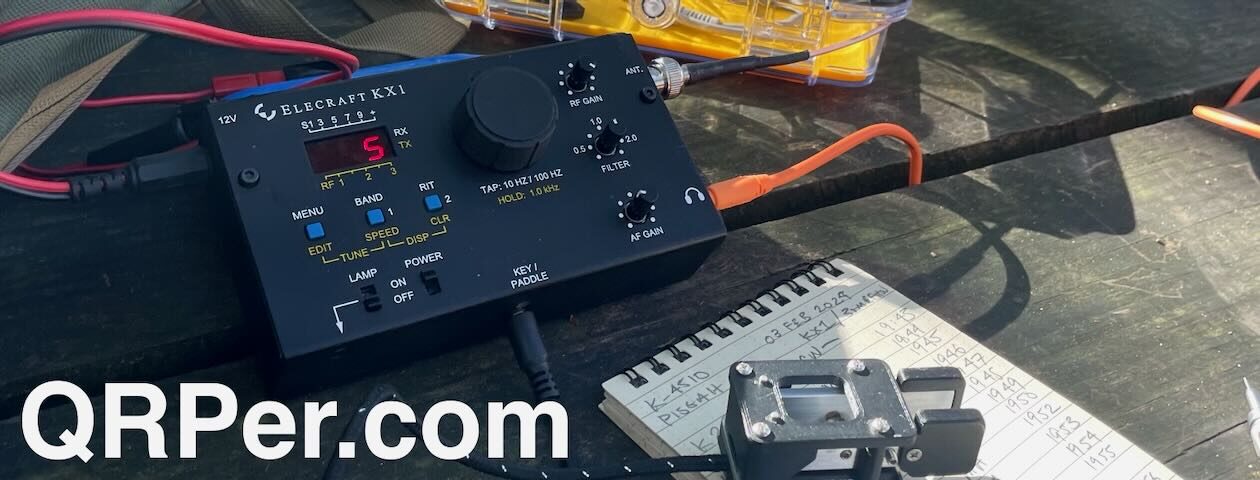
I’m not quite sure how Hans Summers at QRP Labs has the time to innovate at the pace he does–especially during a global pandemic–but he believes he will have the new QCX-Mini CW QRP transceiver available for purchase in December 2020.
Hans shared the following message via the QRP Labs Groups.io page (click here for the full message):
Hi all
Quite a lot of people have been asking about QCX-mini.
QCX-mini manufacturing has slipped a couple of weeks longer than my estimated “4 weeks”. But all is going well now…
[…]Latest problem is apparently my 5-in-1 top PCB design… normally PCBs are panelized and SMD’d in a set of 6 (or more) like that, then separated later. But the top PCB design is such that the amount of cut away material is too much to be able to break apart the boards without damage. So the factory had to come up with a different method for manufacturing it. I tried to understand what they are doing but I gave up, anyway in reliably assured all is well.
The 1000 enclosures are all finished, cut, CNC’ed, drilled, laser etch printed, packed.
Current estimate is that the PCB assembly (SMD soldering) will be completed on 17-Nov-2020. It’s the last step in the manufacturing process, everything else is done… then the boards will ship to me.
So, still on track for 1,000 Christmas stocking goodies.
73 Hans G0UPL
http://qrp-labs.com
Although I look at this kit and think, “yeah, like I need another portable QRP transceiver!” I’m nearly 100% certain I’ll buy it.
For one thing, I love building kits and am very happy to see that the surface mount components will be pre-populated.
I purchased the QCX+ and, indeed, plan to review the build and transceiver for RadCom. I’ve almost been “savoring” this build for a nice stretch of cold winter evenings.
Frankly I’ll buy and build the QCX-Mini because I love supporting mom and pop innovators here in our ham radio world.
Click here to check out QCX-Mini updates at QRP Labs. Of course, we’ll post an update when the QCX-Mini is available to order.
 Many thanks to Dan (KE0ZAR) who writes:
Many thanks to Dan (KE0ZAR) who writes:




